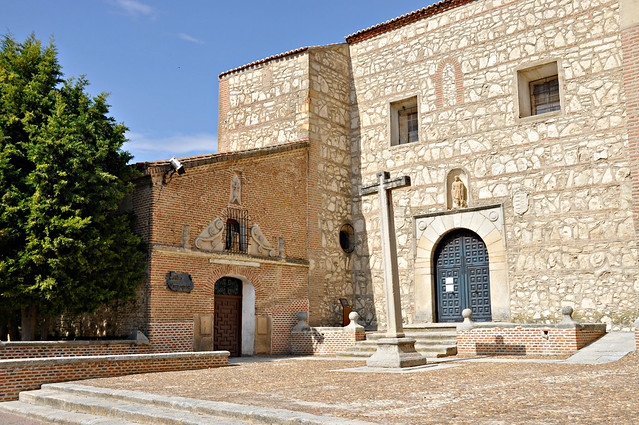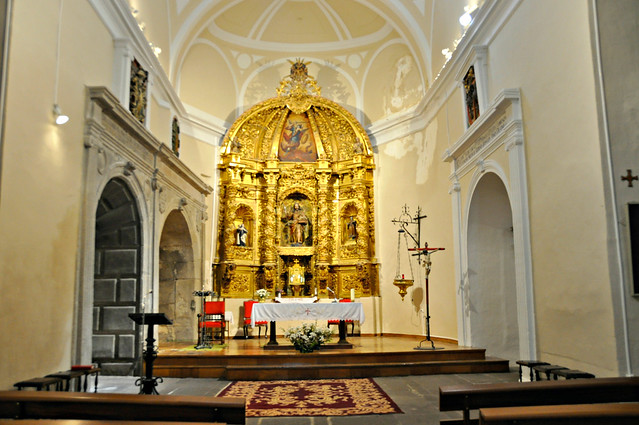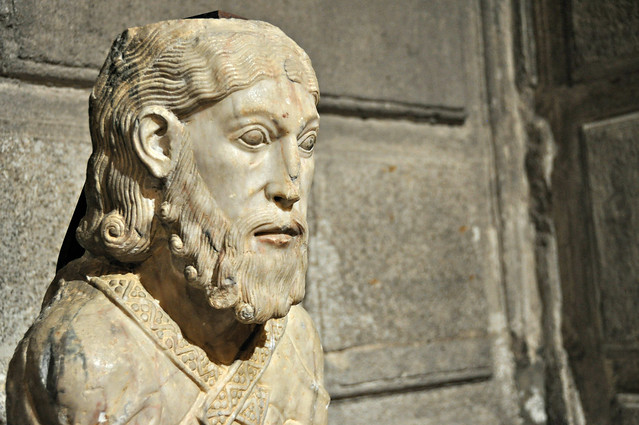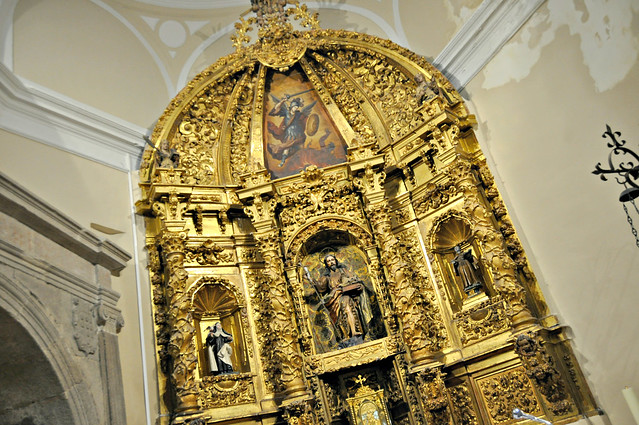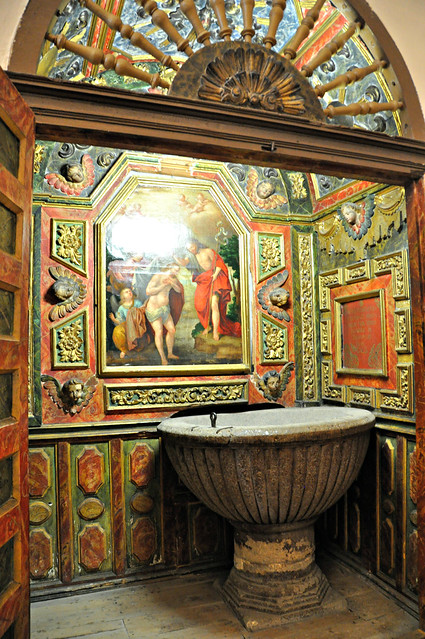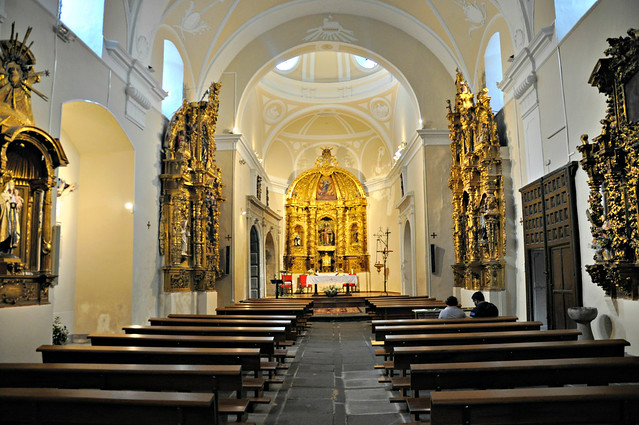
Continue a ler “do: EXPOSIÇÃO PAPA JOÃO PAULO II – VATICANO”
Between Spain & Portugal, Madrid & Lisboa…

Continue a ler “do: EXPOSIÇÃO PAPA JOÃO PAULO II – VATICANO”

The best views of the Church of Saint-Pierre is from the Castle of Caen, only from the top of its walls we can have a complete picture as its tower has about seventy-five meters high. Has a Gothic style, the first construction is from the thirteenth century but has undergone changes until the sixteenth century.It also survived World War II and what had to be rebuilt was exactly the tower that stood there since the fourteenth century.
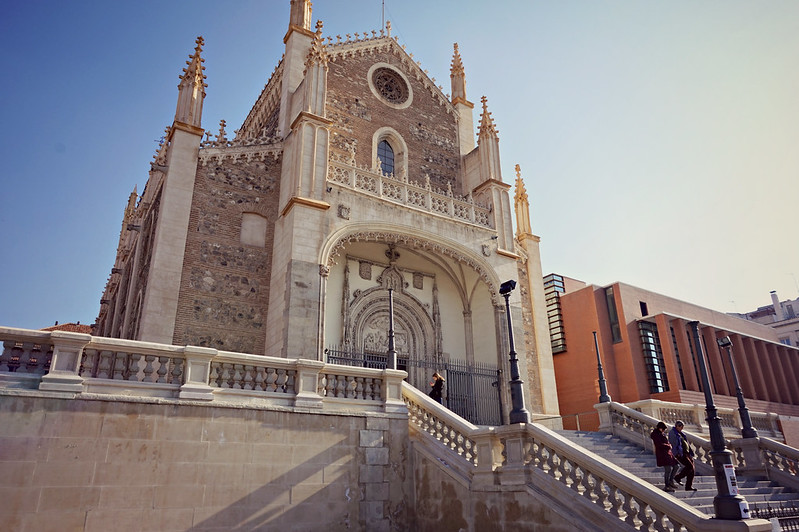
I do not have enough fingers in my hands to count the number of times I passed this church and never got in, the reasons were different but the vast majority was that it was closed. It is also true that the only day I could get was during a mass which did not help to discover the inside in detail but it was possible to have an idea. Initially a monastery which was granted by Queen Isabel the Catholic, was the place of many royal ceremonies mainly oaths of Crown heirs, the Princes of Asturias and was also the scene of the coronation of Juan Carlos I.
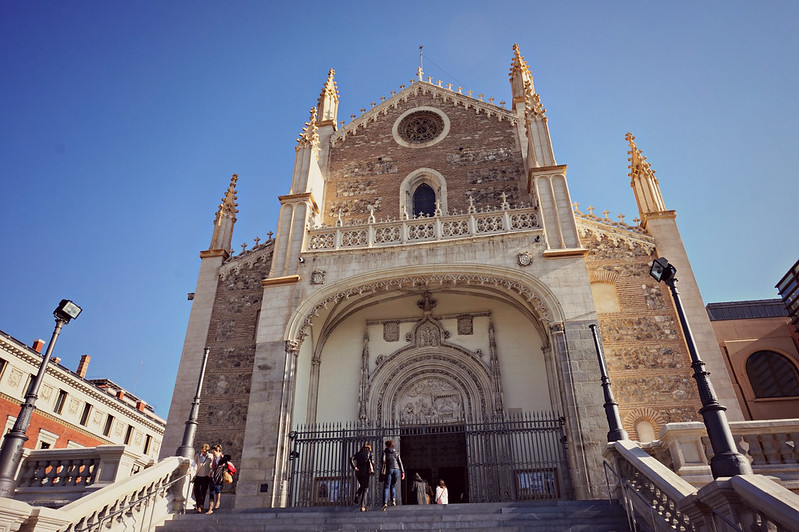
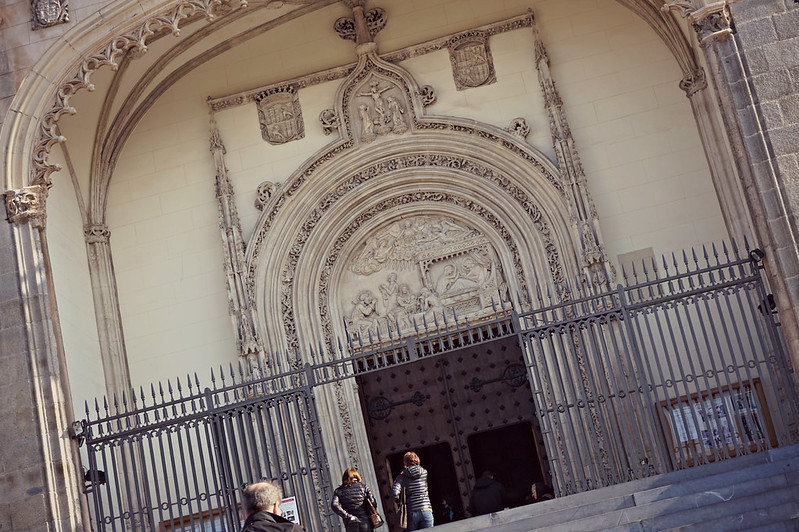
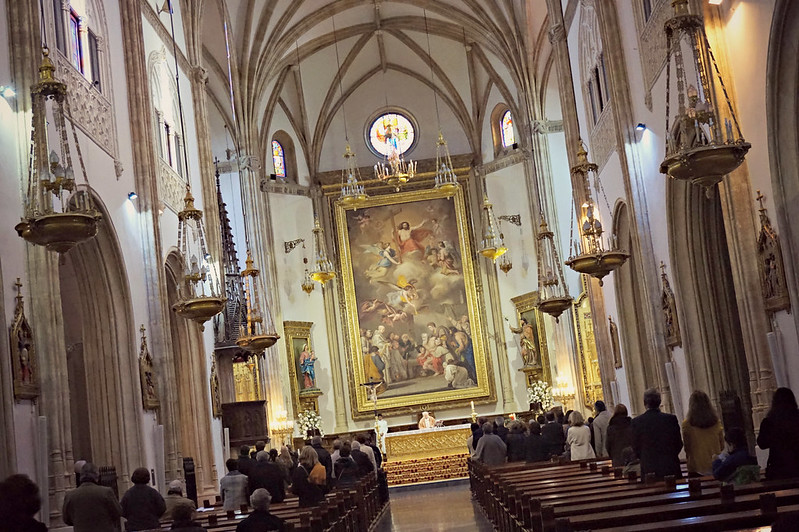

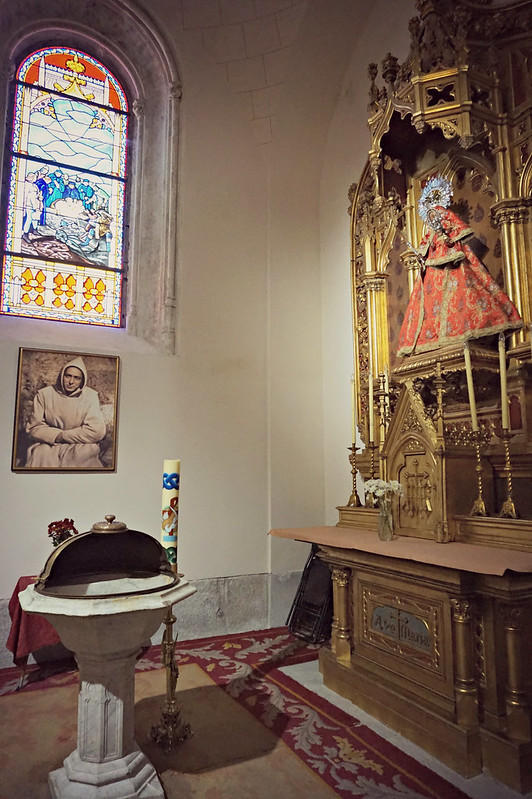


Bath is one of the most romantic cities I have ever visited, it has something special that if it was not for the throngs of tourists with their digital cameras and mobile phones glued to a selfie stick you would say it had stopped in time. And maybe so, it continues to cling to Jane Austen stories of the end of the eighteenth century and to the old glory of the Roman Baths, but where I again felt your romantic touch was in it’s Abbey.
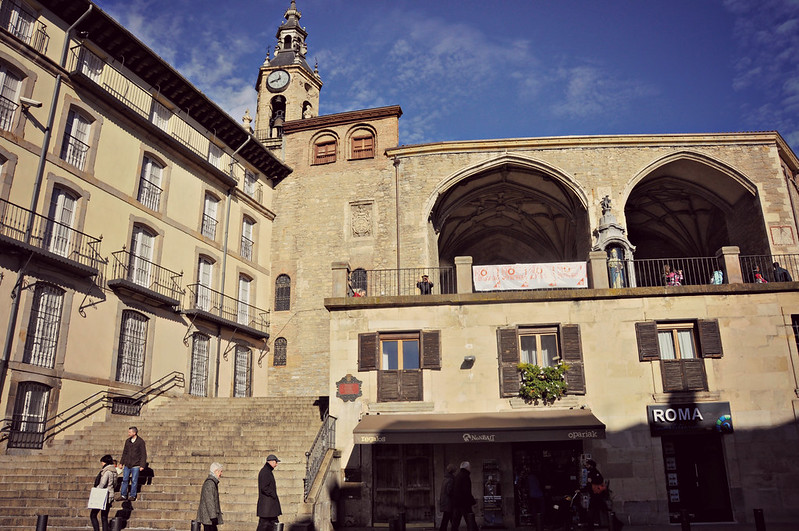
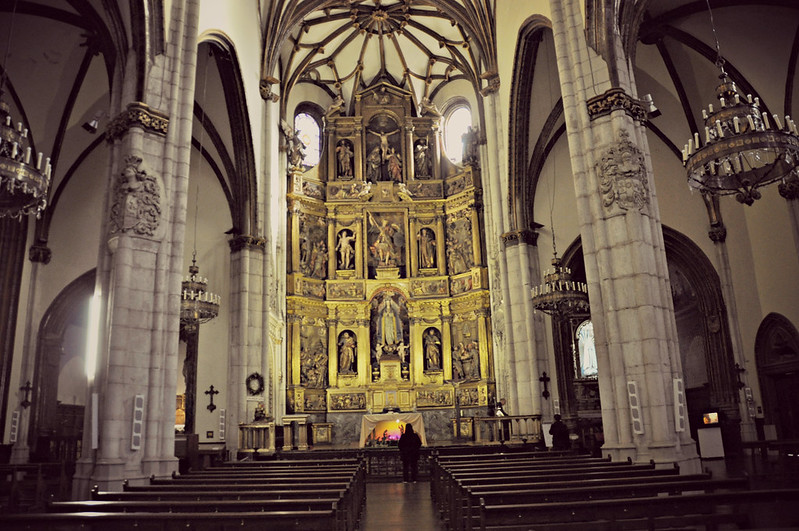
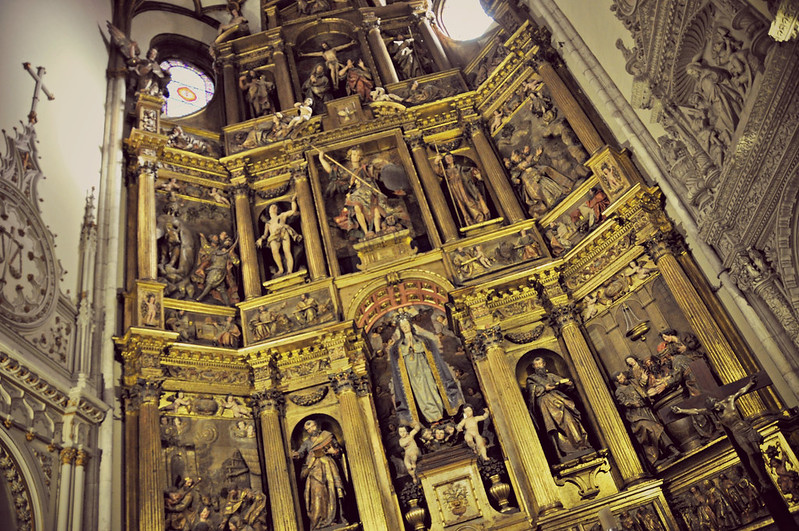


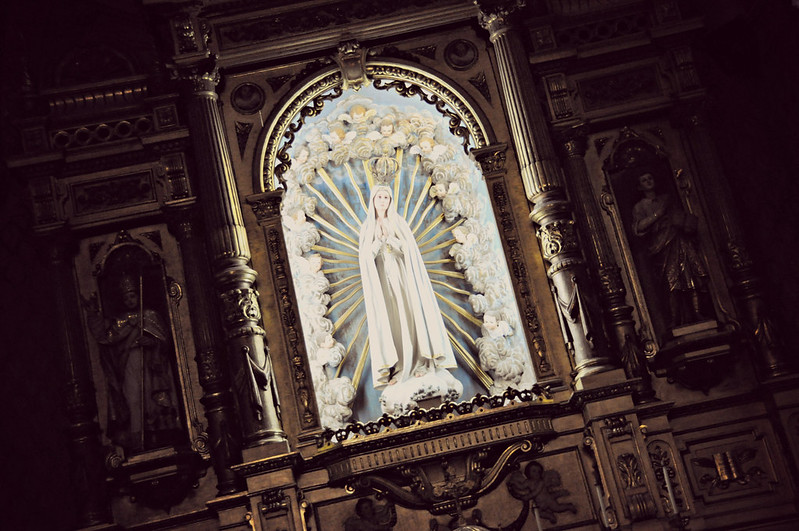
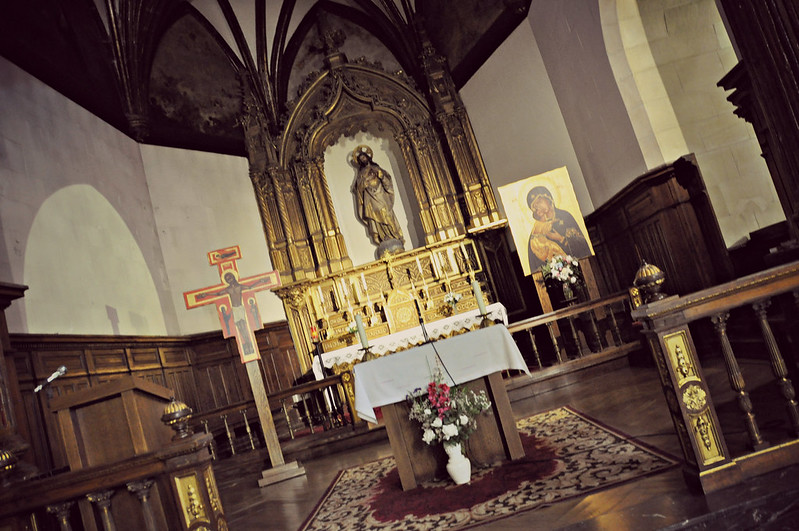
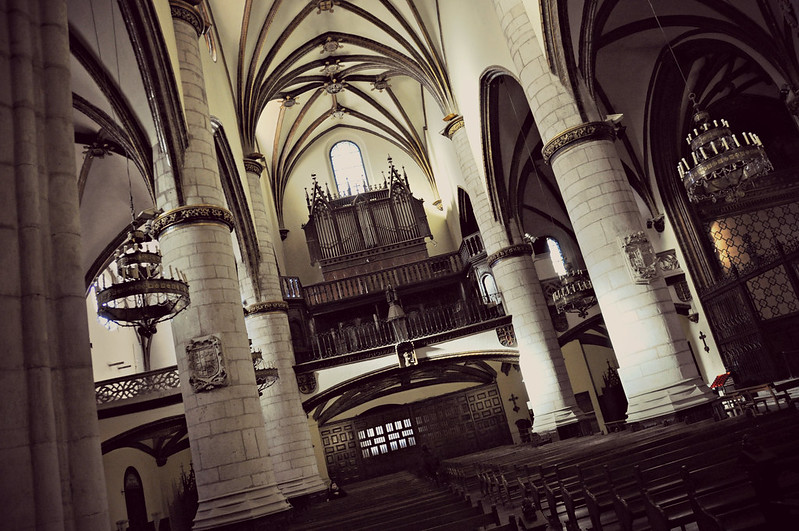

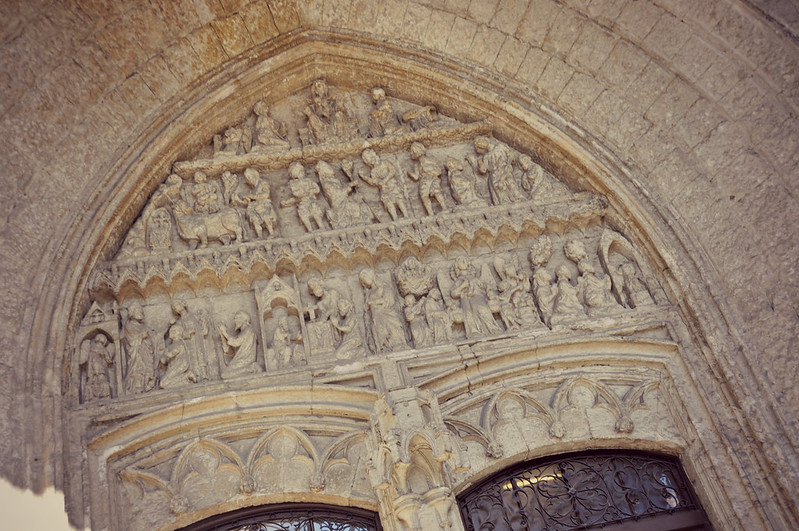

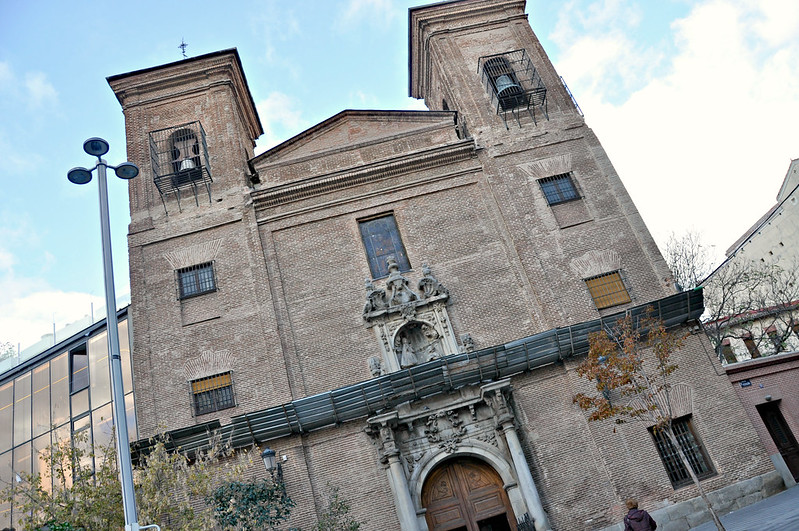
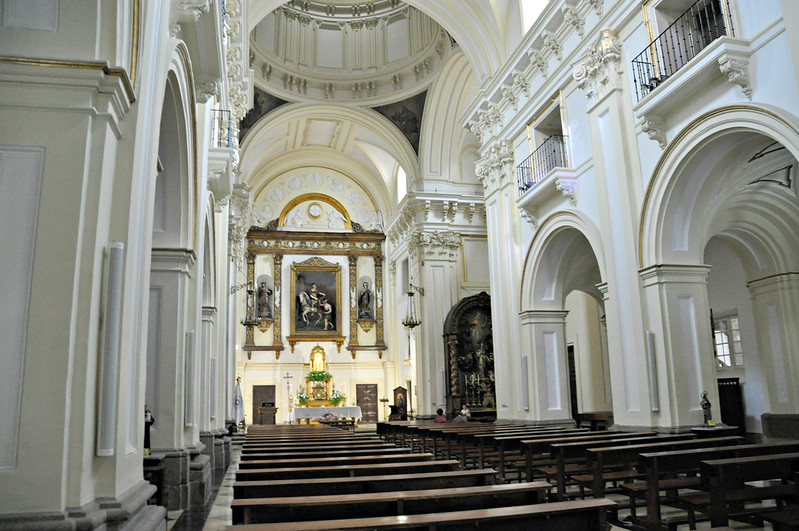
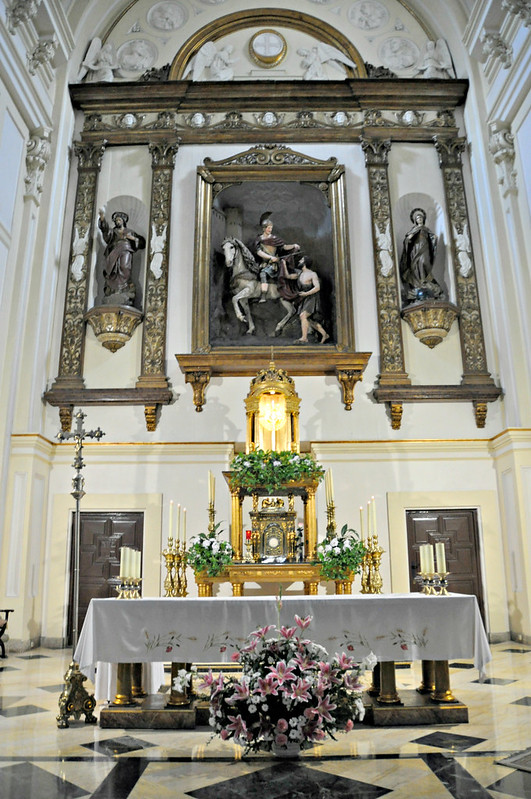


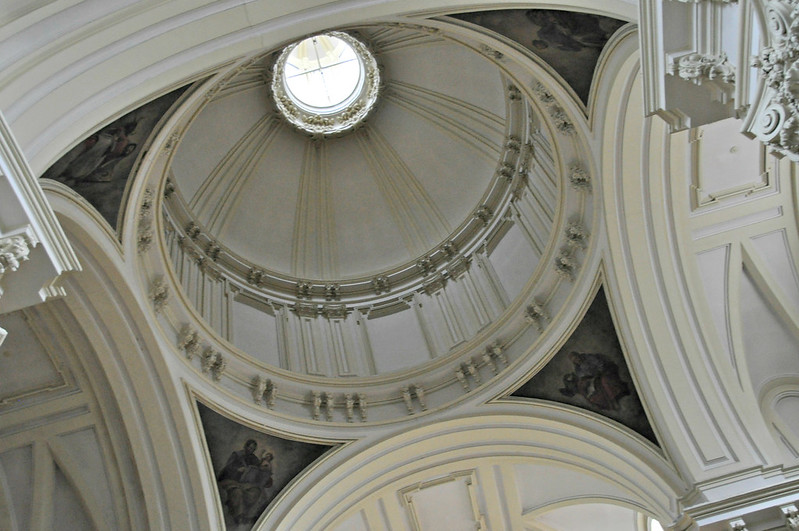

Our guides of:
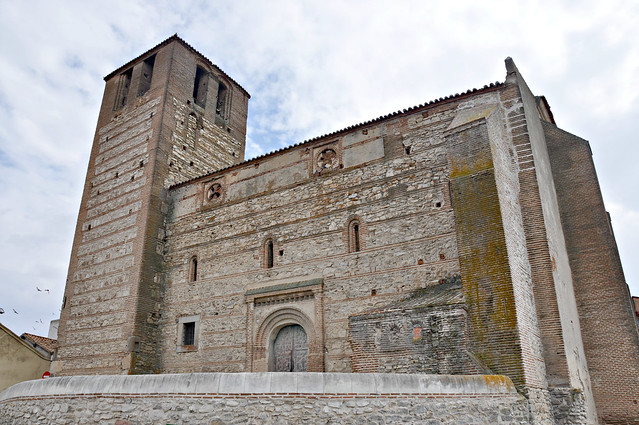
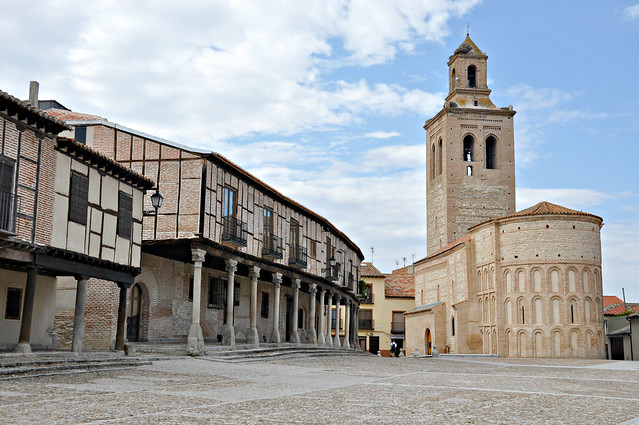
Continue a ler “IGREJA SANTA MARIA A MAIOR – ARÉVALO, ESPANHA”
